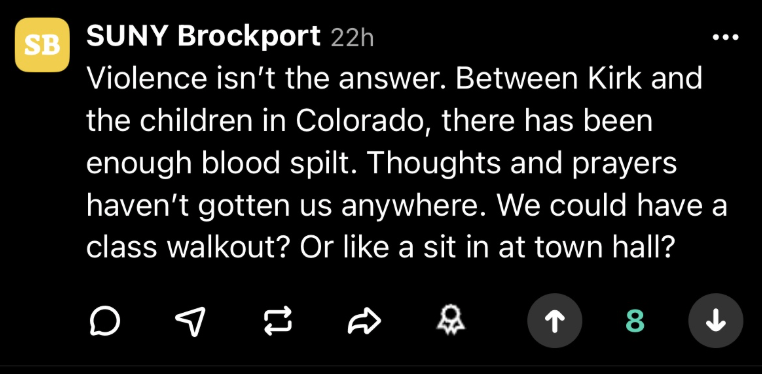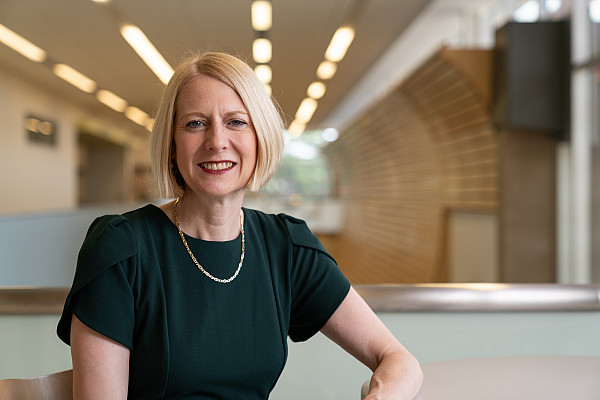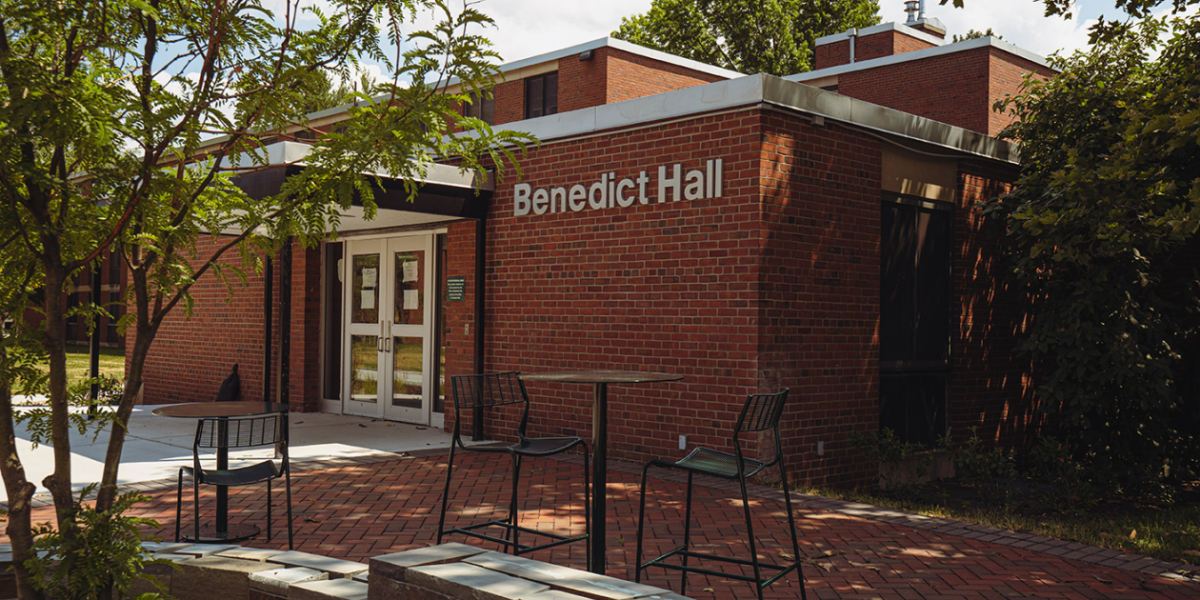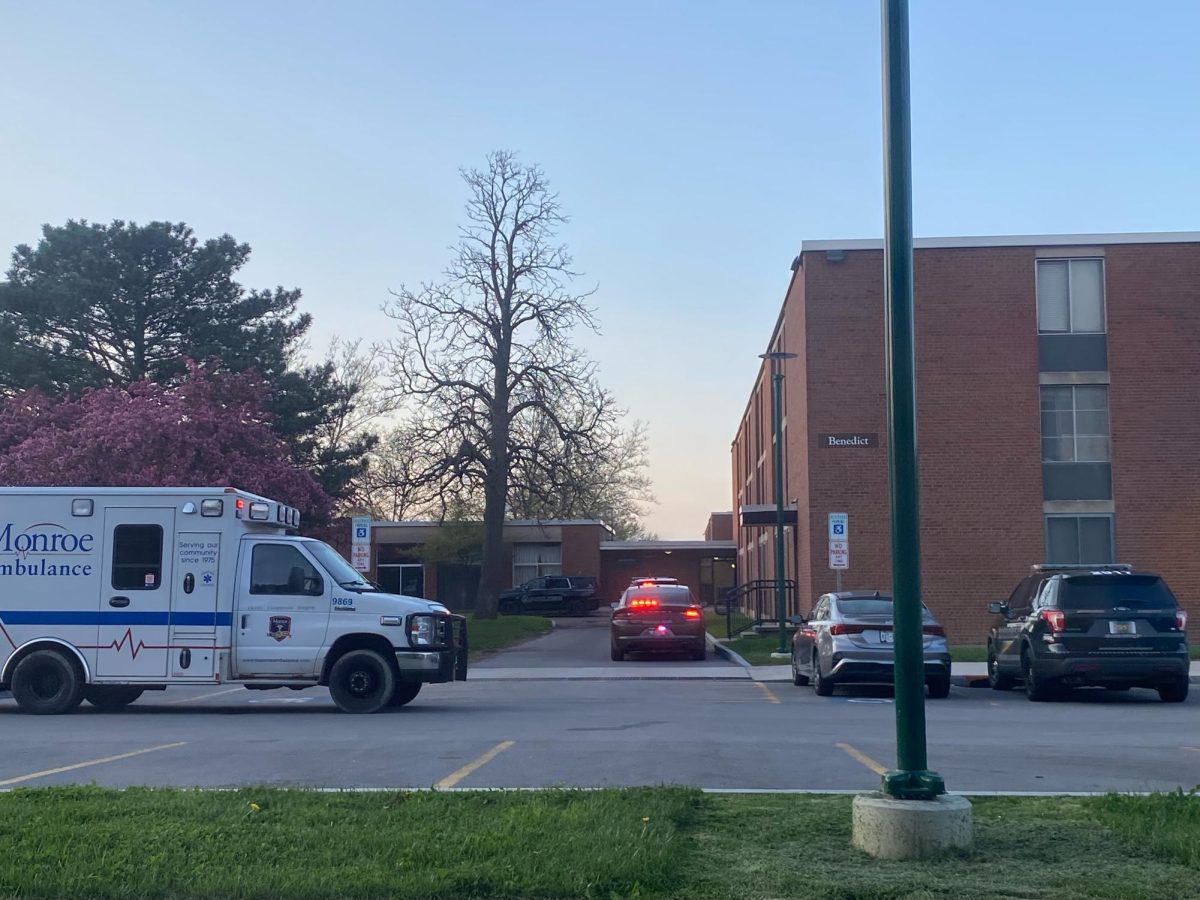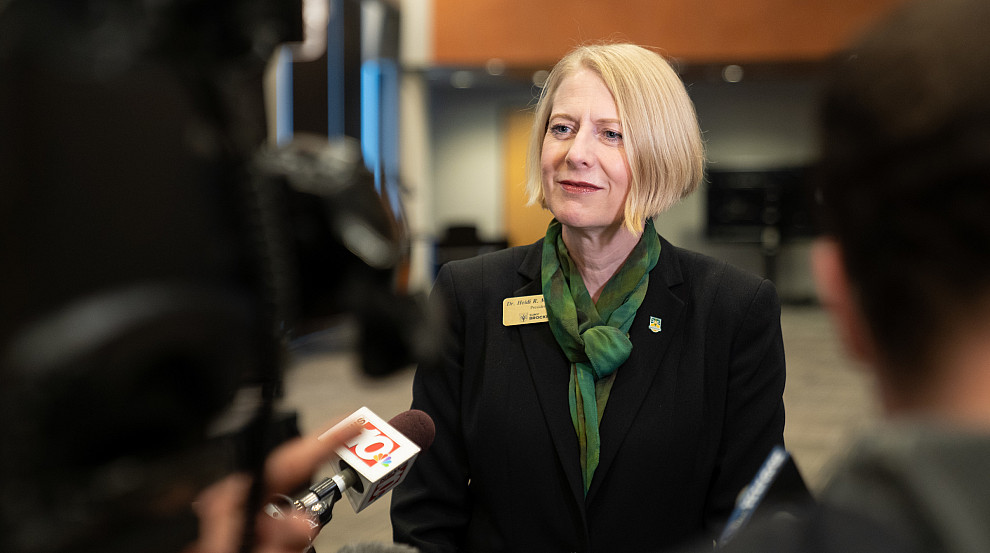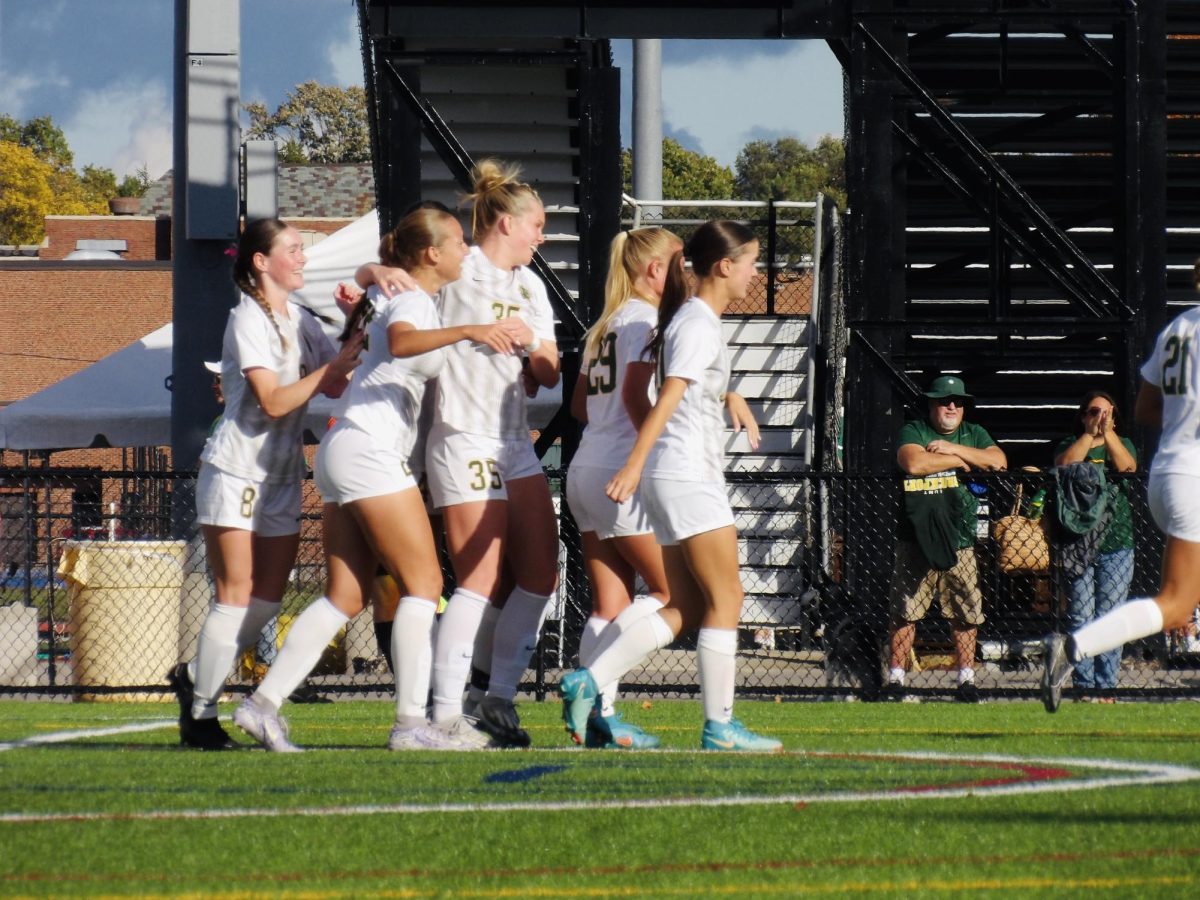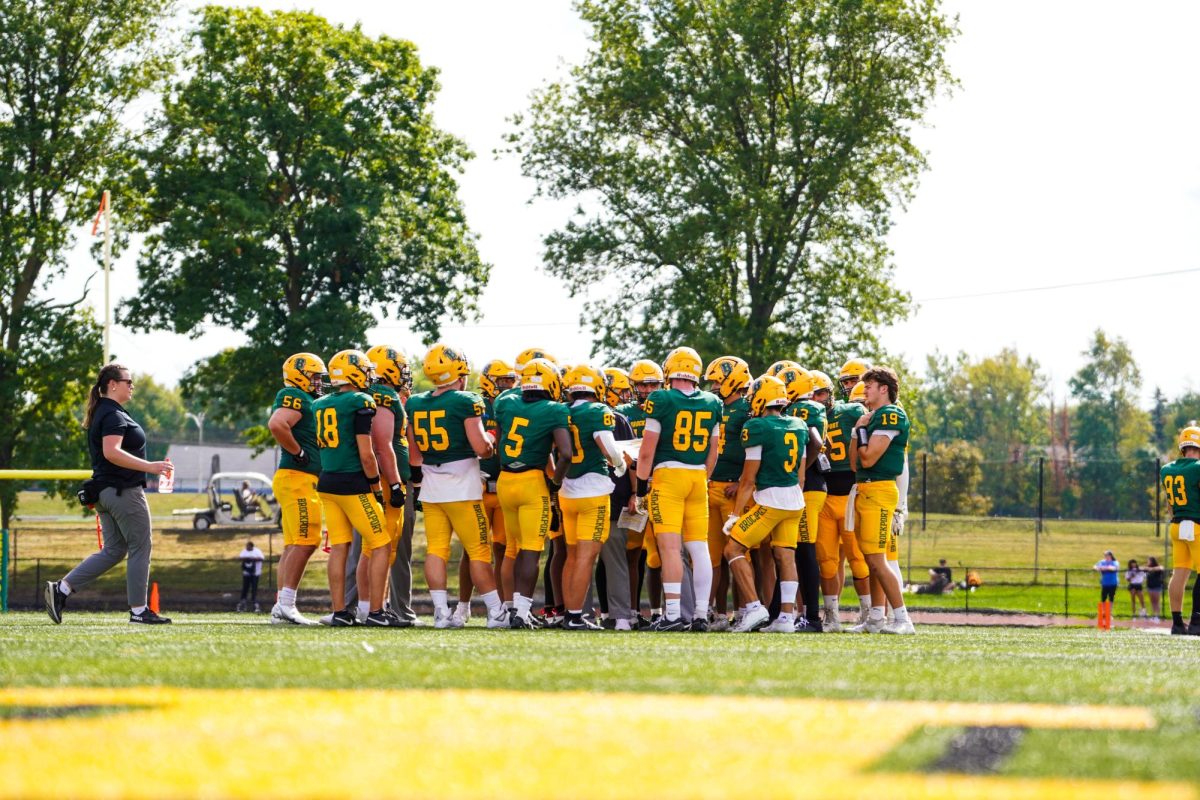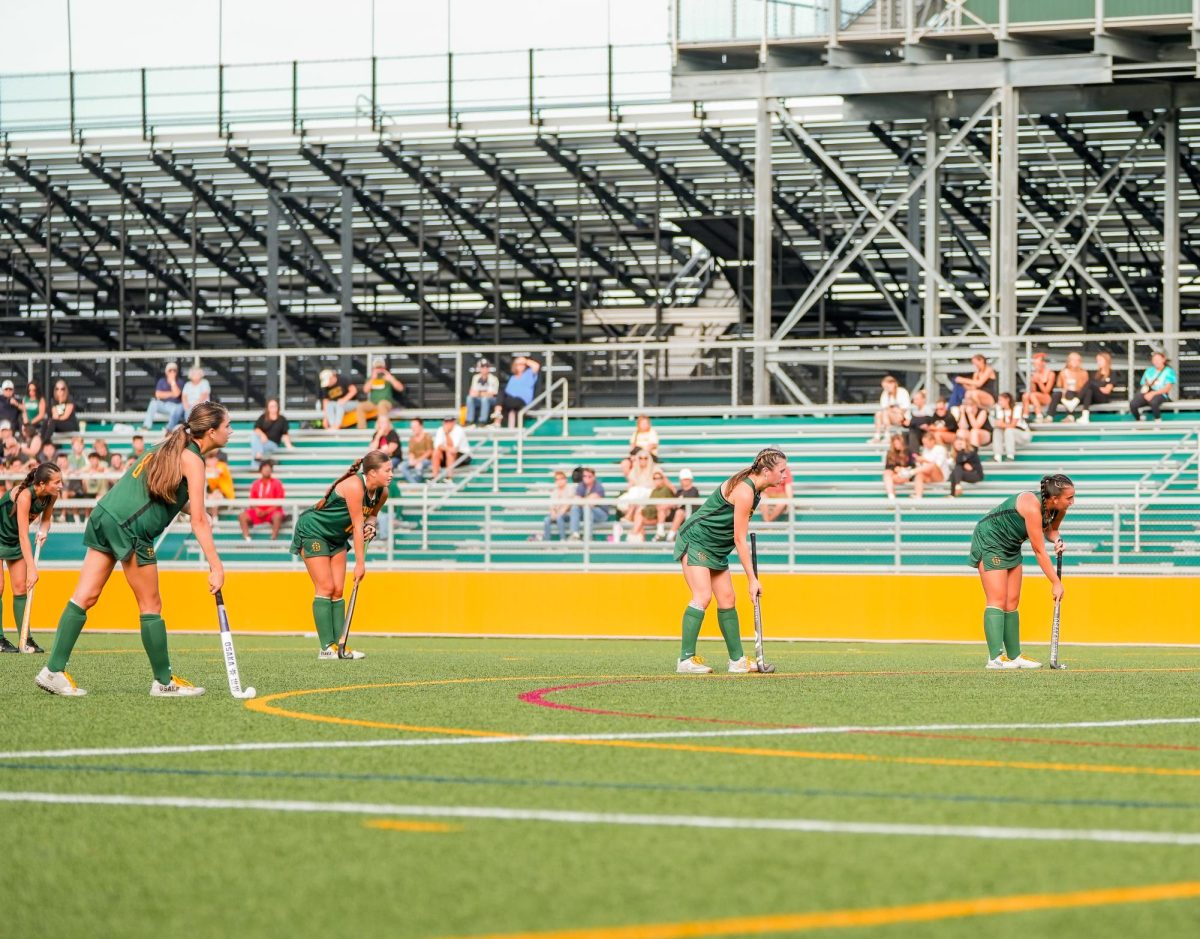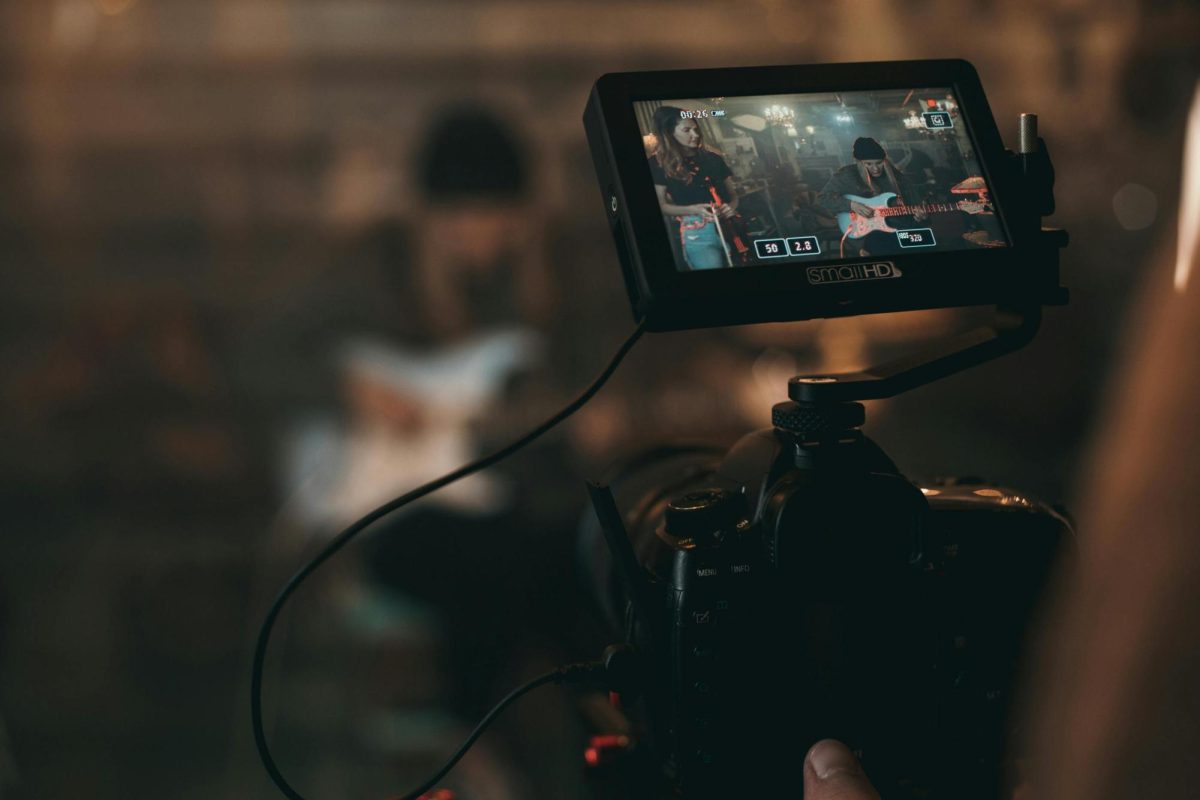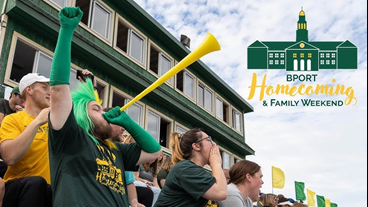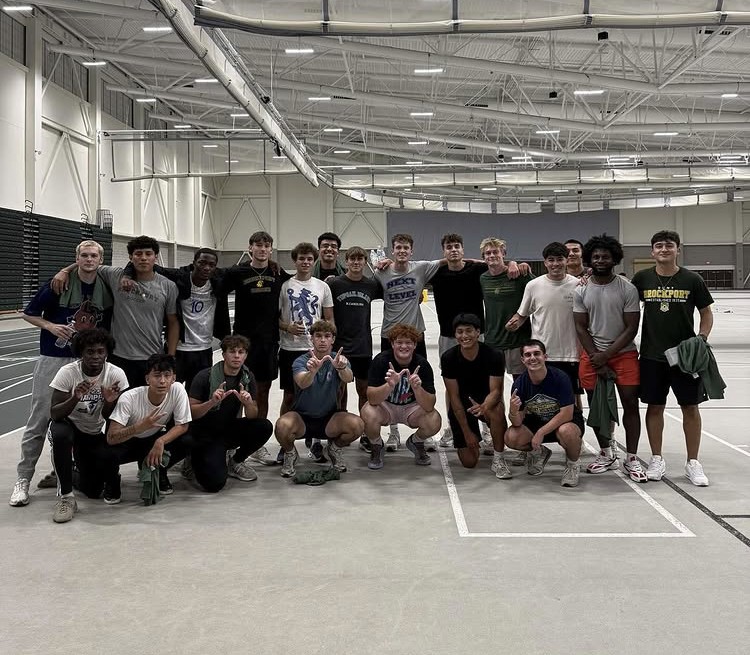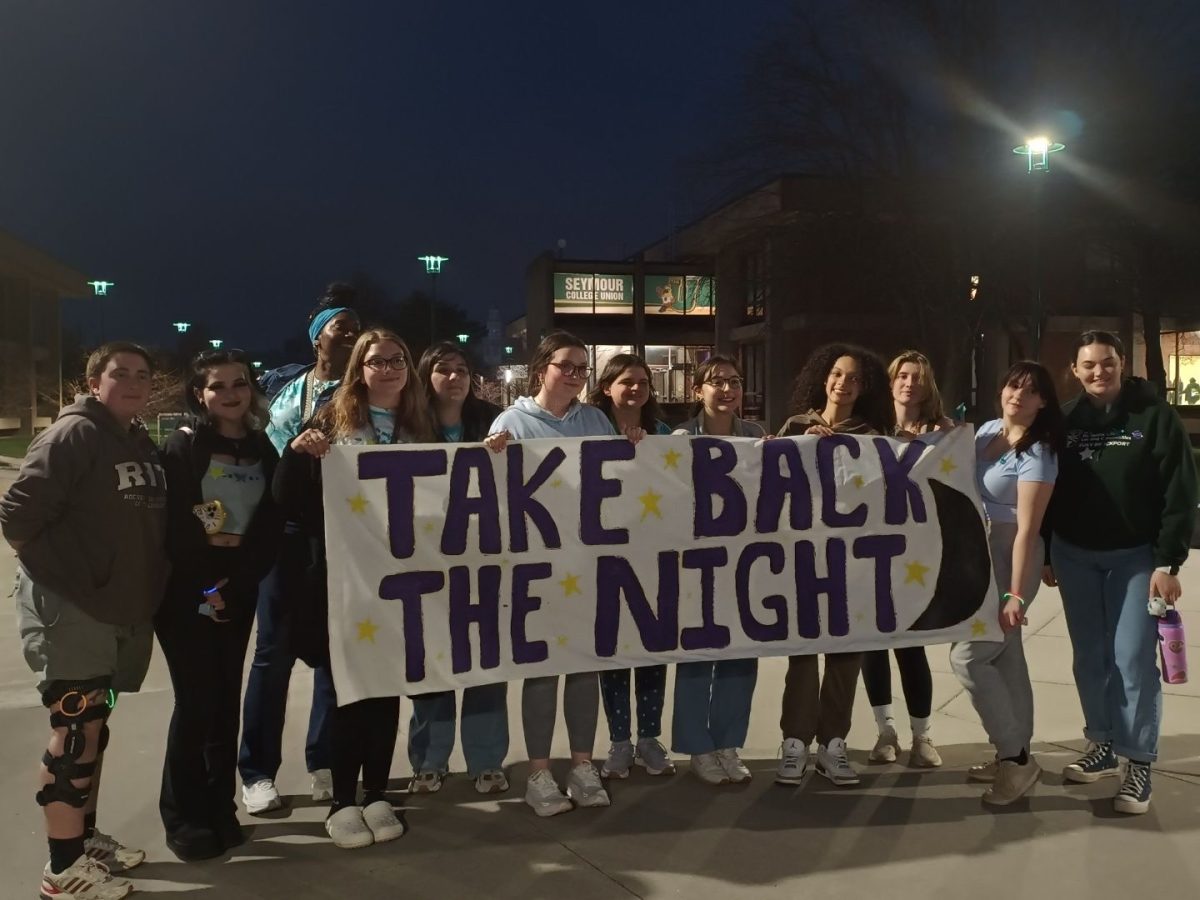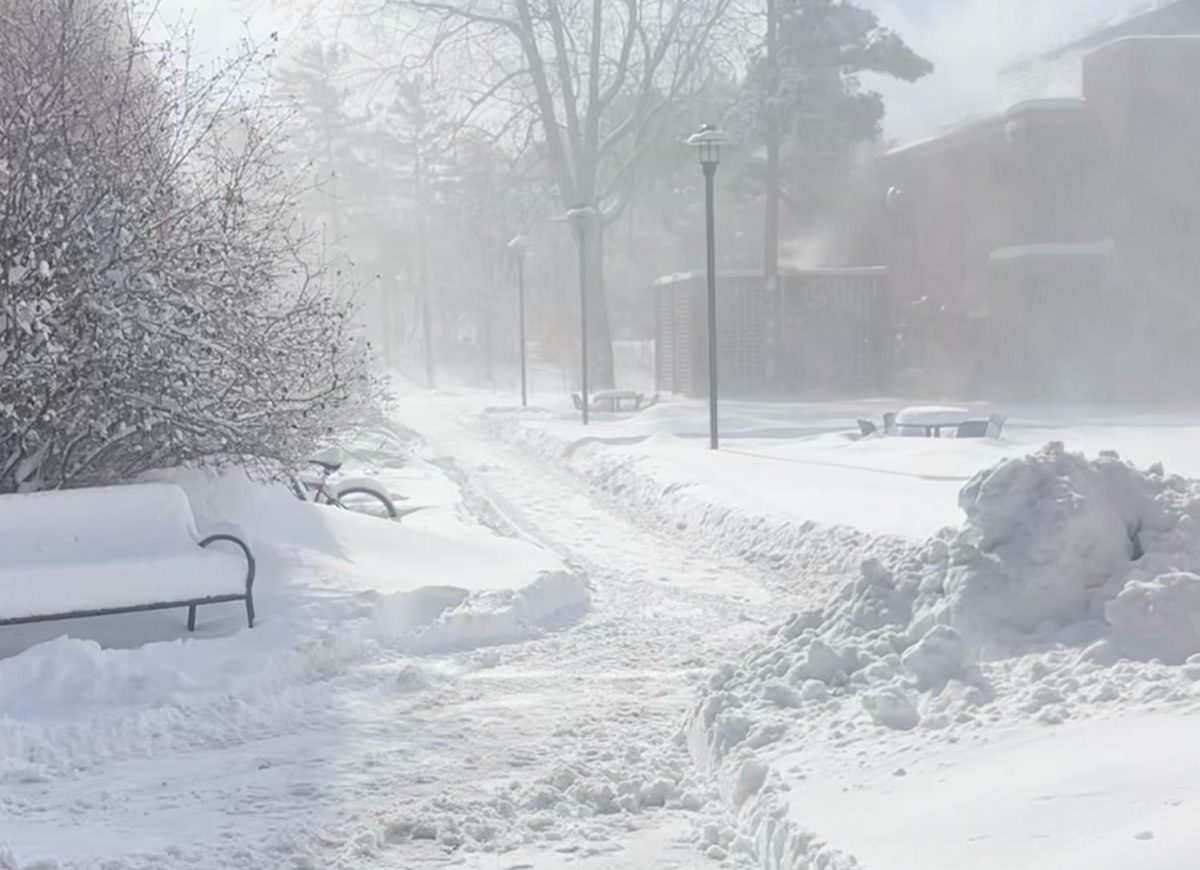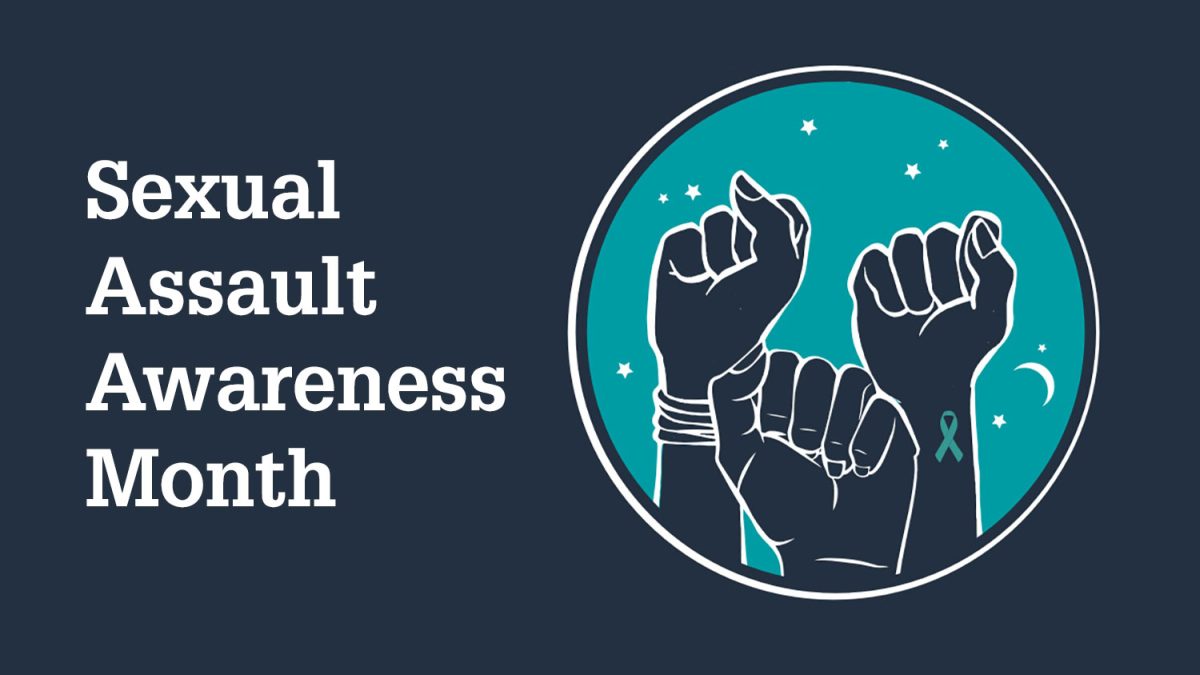Between undergraduate and graduate student bodies across the nation, 13% of all students will experience some form of sexual assault in their college experience. Among undergraduates alone, 26.4% of females and 6.8% of males will experience some form of sexual assault.
These percentages have been collected by the Rape, Abuse, and Incest National Network (RAINN) to raise awareness about the risk college-aged adults are at for sexual harassment and assault. These statistics are also intended to promote action against this structural violence and encourage advocacy for those that have been victimized. RAINN has been working towards these goals since its founding in 1994, so why is this still such a prevalent issue?
At SUNY Brockport, sexual assault resources are available to all students in the form of confidential and non-confidential outlets. Hazen Health Center offers counseling on campus, as well as connections to off campus partners like RESTORE sexual assault services and Willow Domestic Violence Center.
Mostly famously, or infamously, is the Title IX Office that every federally funded college campus in the nation has. The Title IX Office at SUNY Brockport is one of the primary non-confidential resources offered for survivors to report their assault and seek justice.
Title IX is a federal law that states: “No person in the United States shall, on the basis of sex, be excluded from participation in, be denied the benefits of, or be subjected to discrimination under any education program or activity receiving Federal financial assistance.”
So, university Title IX offices typically operate as ‘courtrooms’ that determine if someone has committed a transgression of assault, harassment, or discrimination based on sexual identity. SUNY Brockport’s Title IX office expands on the protected identities. These protected identities involve “race, color, national origin, religion, creed, age, disability, sex, gender identity, sexual orientation, familial status, pregnancy, predisposing genetic characteristics, military status, domestic violence victim status, or criminal conviction,” according to SUNY Brockport’s Title IX information page.
Now, it’s very easy to say that sexual assaults are isolated issues and that the resources that SUNY Brockport has available to students are sufficient in curbing sex-based crimes. The hard truth is that the statistics at the start of this article do not exclude SUNY Brockport students. They do not exclude survivors that share this campus with, whether they have reported and sought out these supportive services or not.
Many survivors do not report, according to RAINN “only 20% of female student victims, age 18-24, report to law enforcement.” Reasons for this vary from social stigma to fear of retaliation, but those who do report very seldom see justice.
Those reports that are made on college campuses are, however, documented for public record. This is a measure outlined in the Clery Act, a federal law that requires “colleges and universities to report campus crime data, support victims of violence, and publicly outline the policies and procedures they have put into place to improve campus safety.”
These crime statistics are available on SUNY Brockport’s website up to 2023, but they only include incidents that have been formally reported and properly documented to campus authority. These numbers could exclude reports that have been withdrawn or mishandled, and it is by no means a comprehensive report of all of the incidents that happen within the SUNY Brockport student body. That would require every single incident to be reported and taken seriously, the implications of which are not positive.
Outside of the federally and state mandated programs that SUNY Brockport has in place for supporting survivors, there are also events and programs to raise awareness and advocating against the perpetuation of sexual violence. One of the most well-known events this campus hosts is Take Back the Night. Run by the office of Health Promotion and Prevention Education, this event will take place on April 14 at 7 p.m. This event includes a walk through the campus for solidarity and protest against sexual violence, and survivors are encouraged to share their experiences in a safe space. Counseling is available during and after the event, and it helps people come together to support one another.
Many events like this one help move the needle towards a world where sexual violence is no longer an issue, but the truth of the matter is that support and protest can only go so far if justice is not served when something horrible does happen. The statistics of sexual violence in college settings are still high, but the number of cases that get dismissed or go unreported continue to rise as well. It’s important not to get lost in the visible activism and remember that repercussions for those that commit acts of sexual violence are the only way to end the issue for good.

